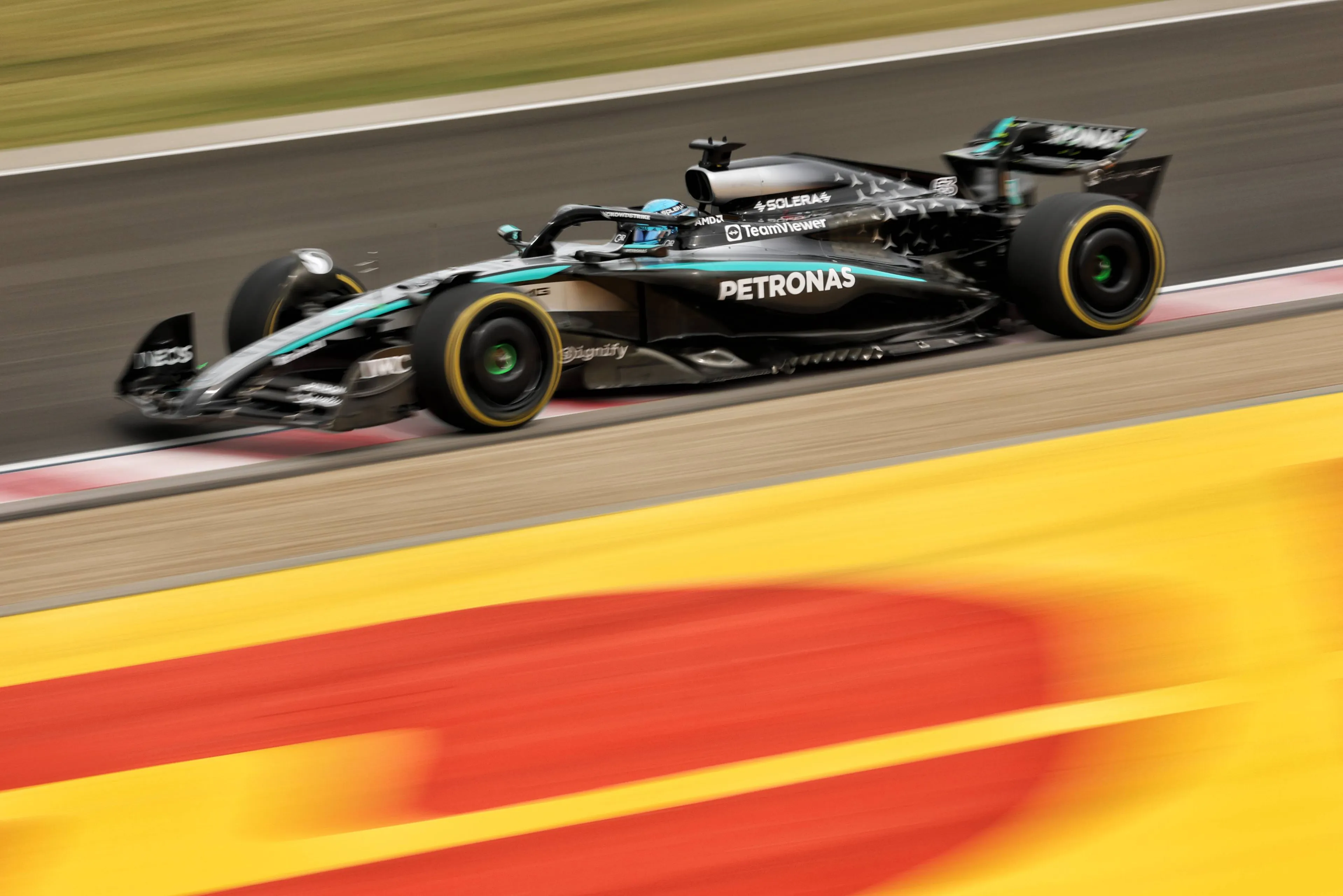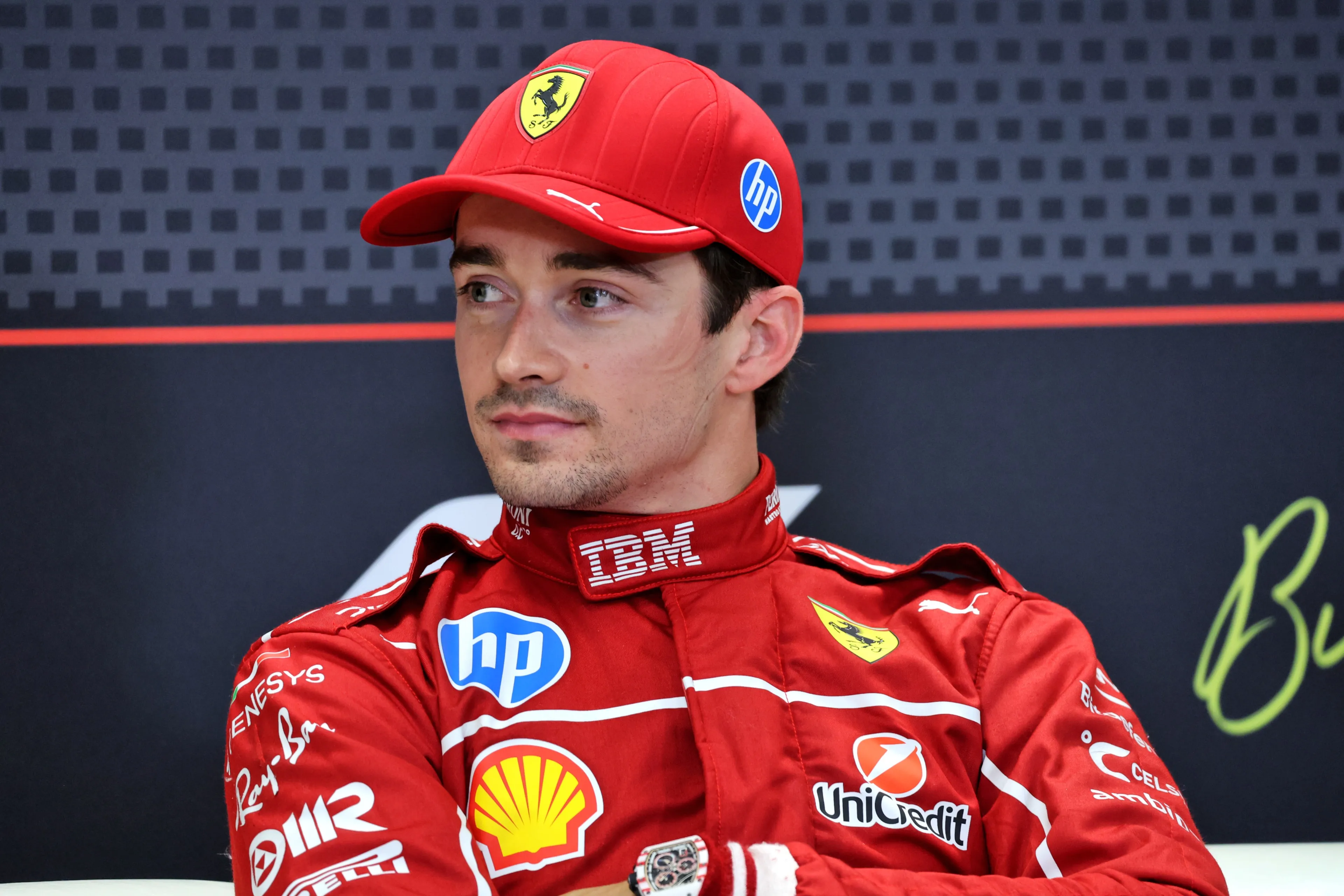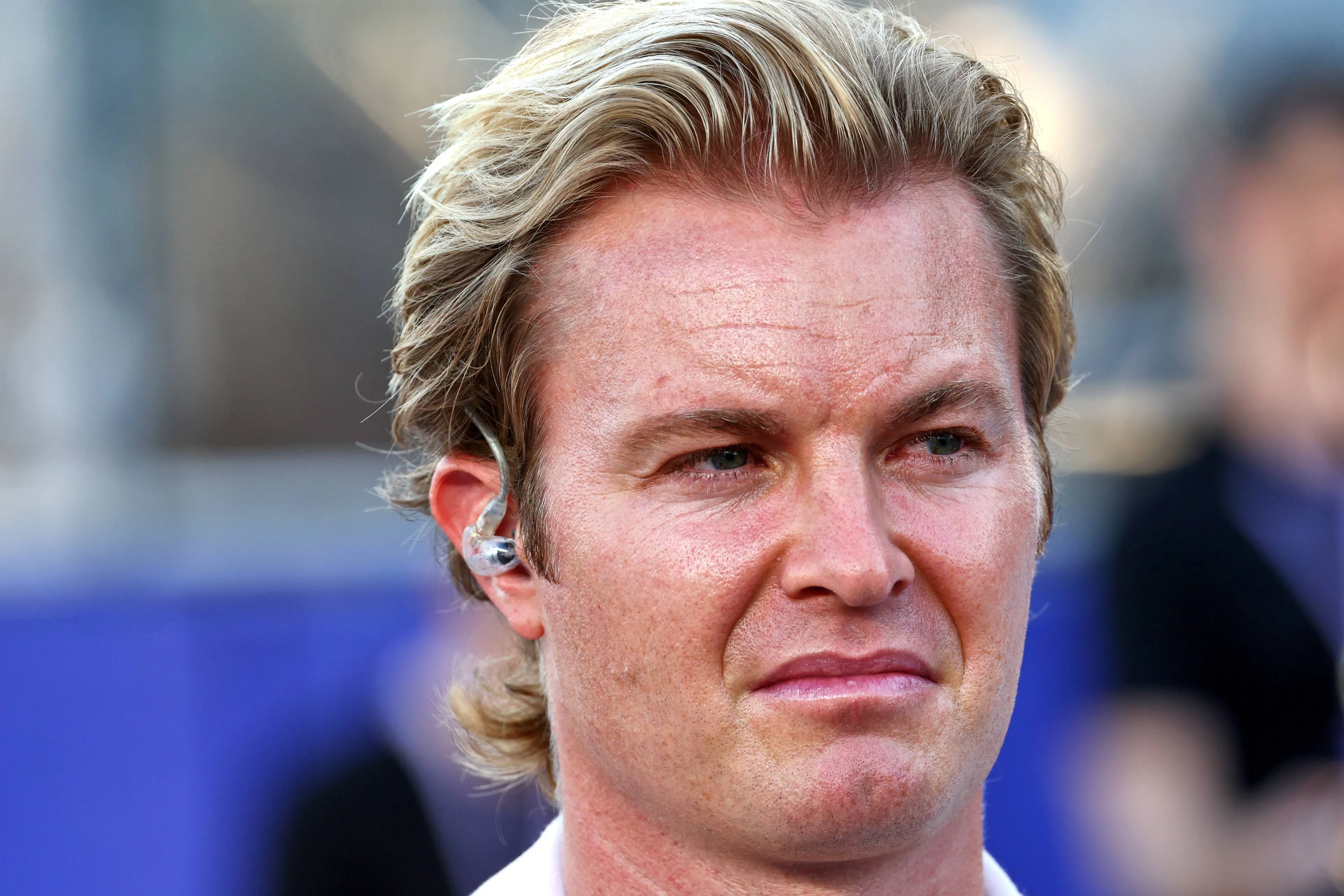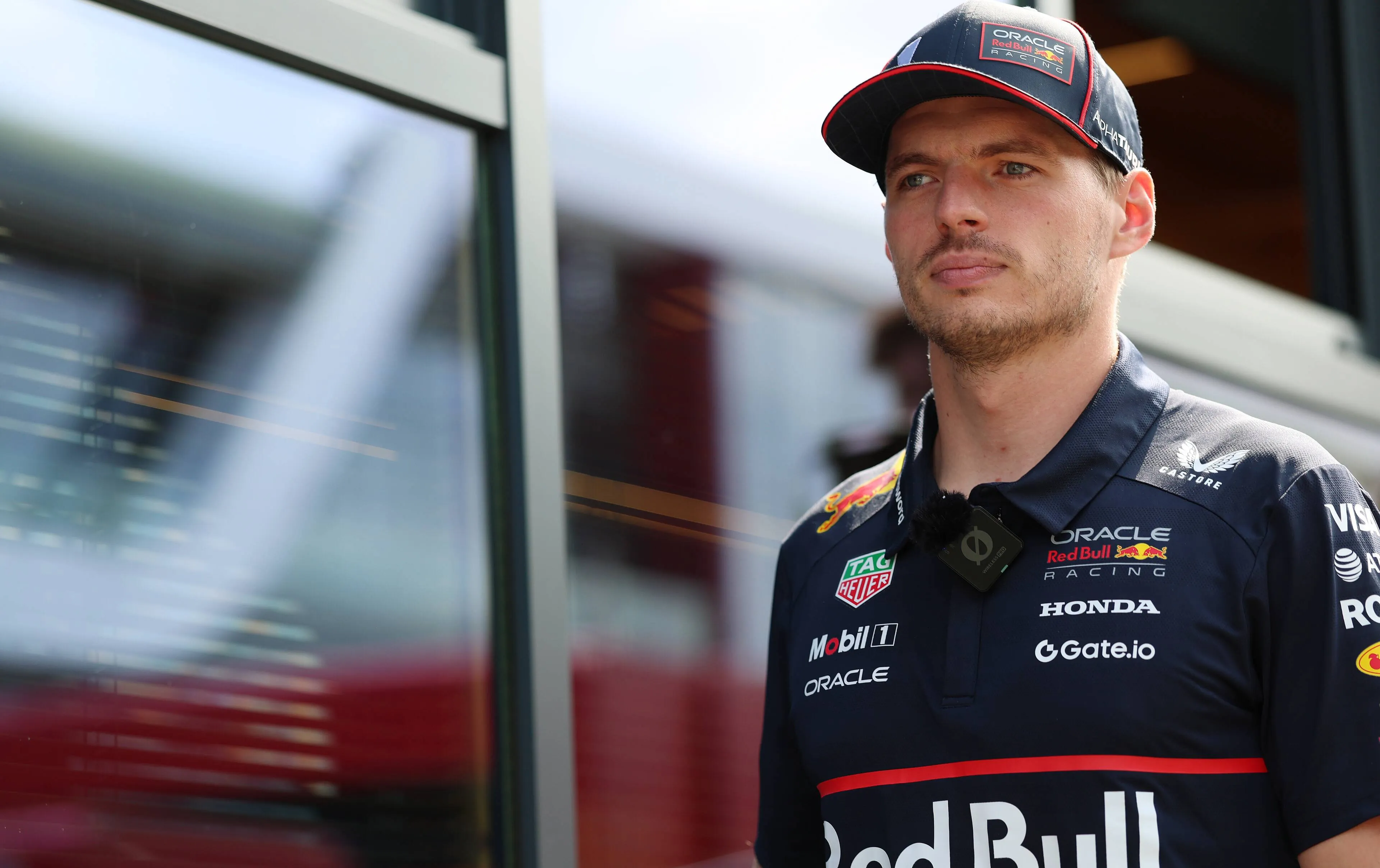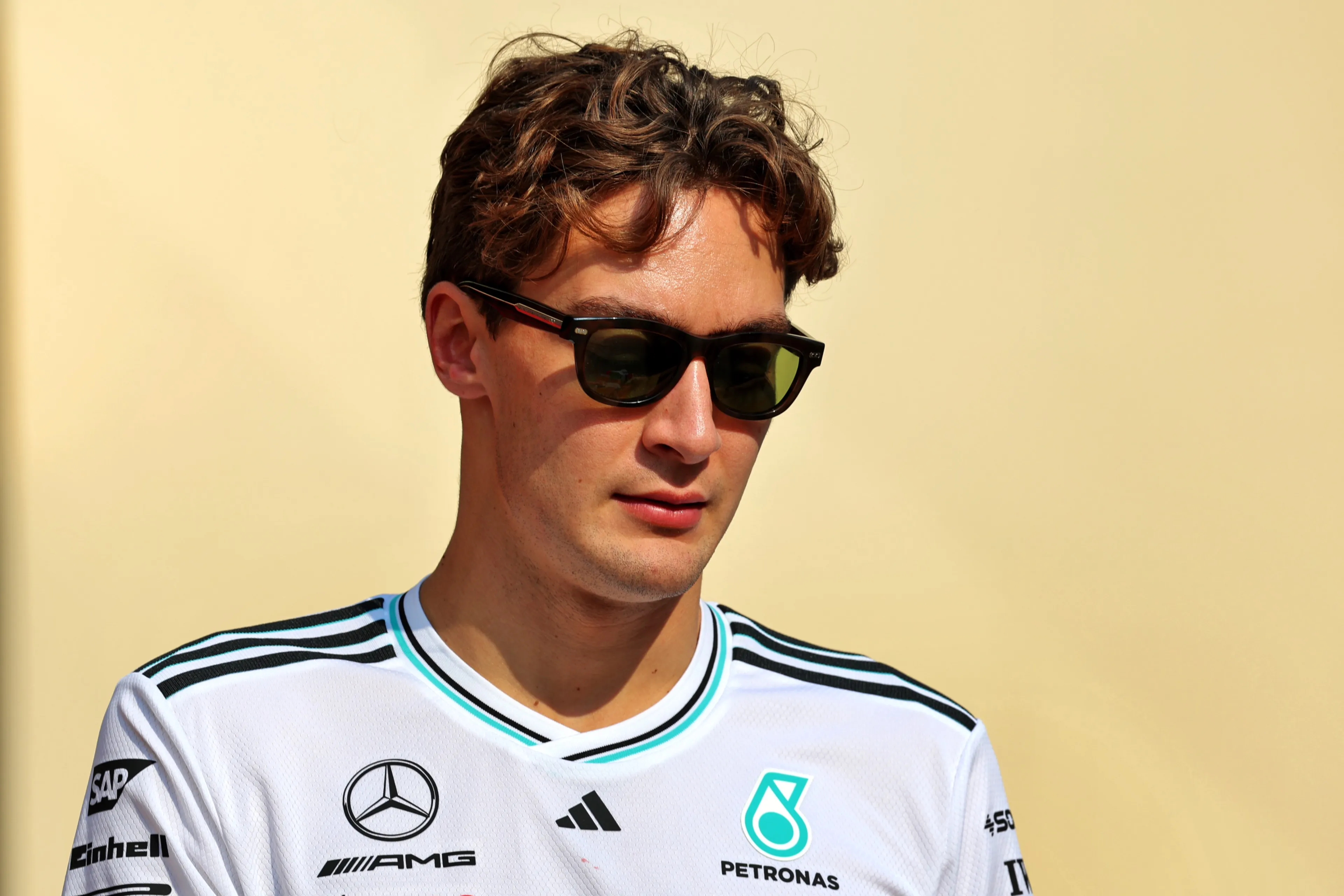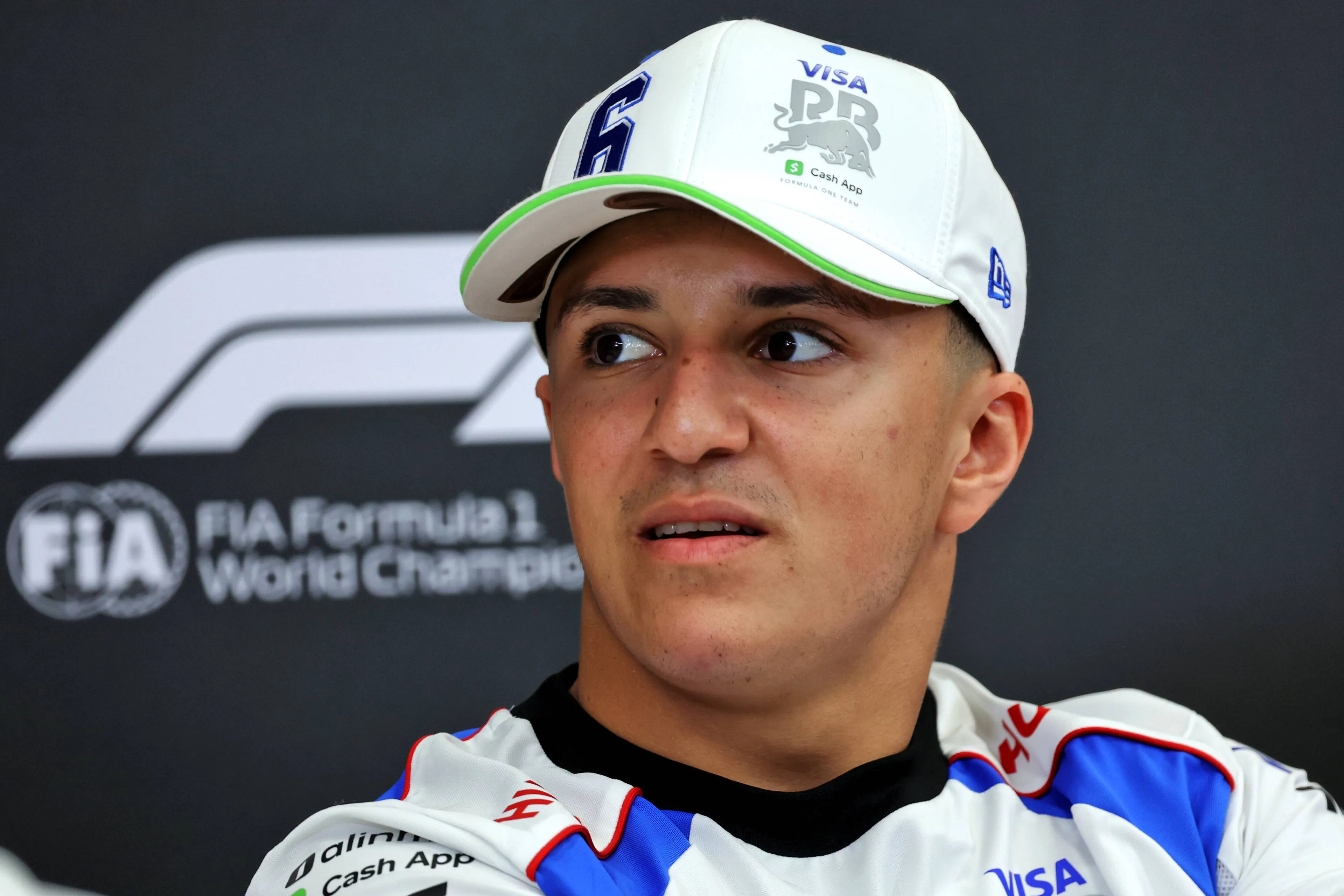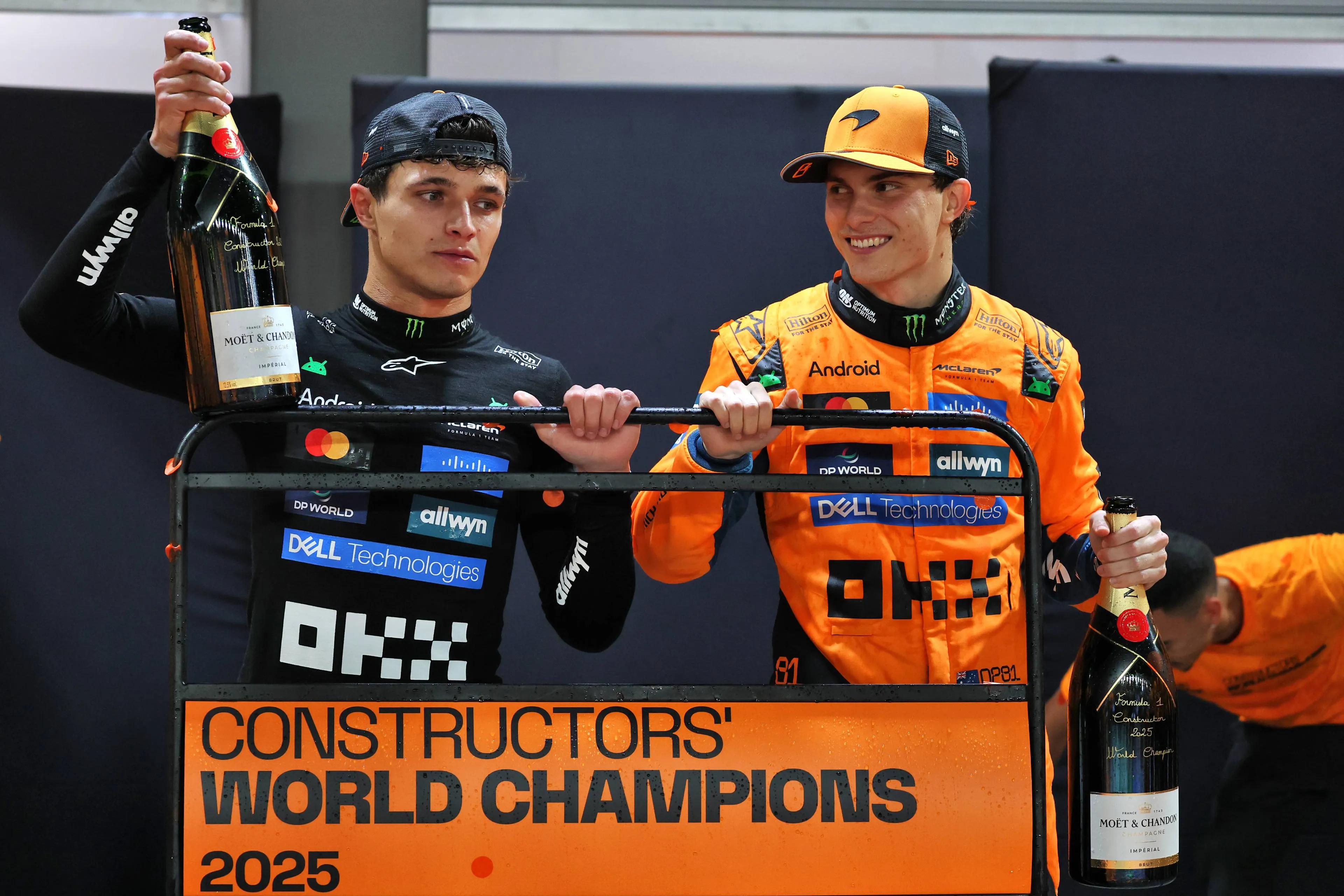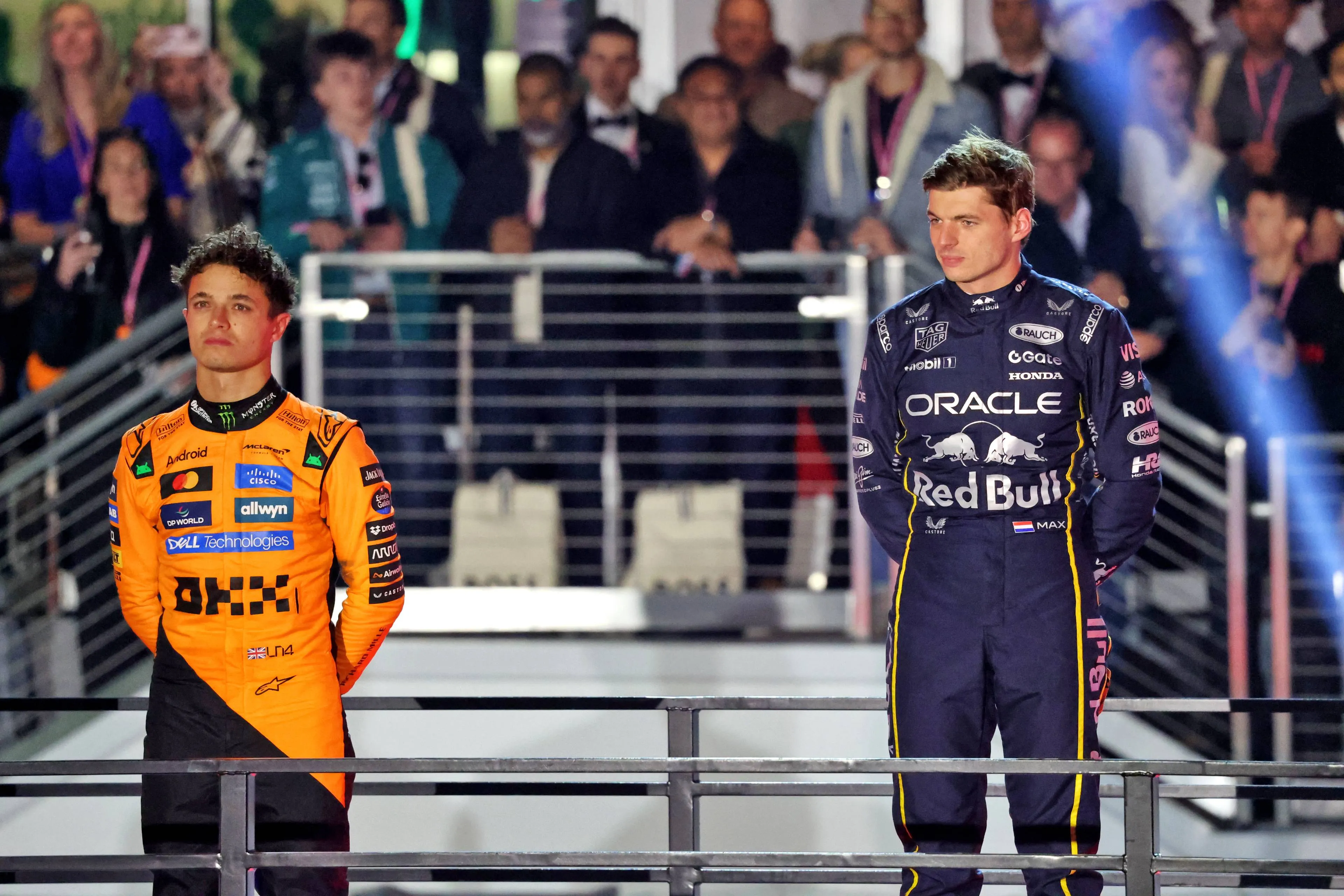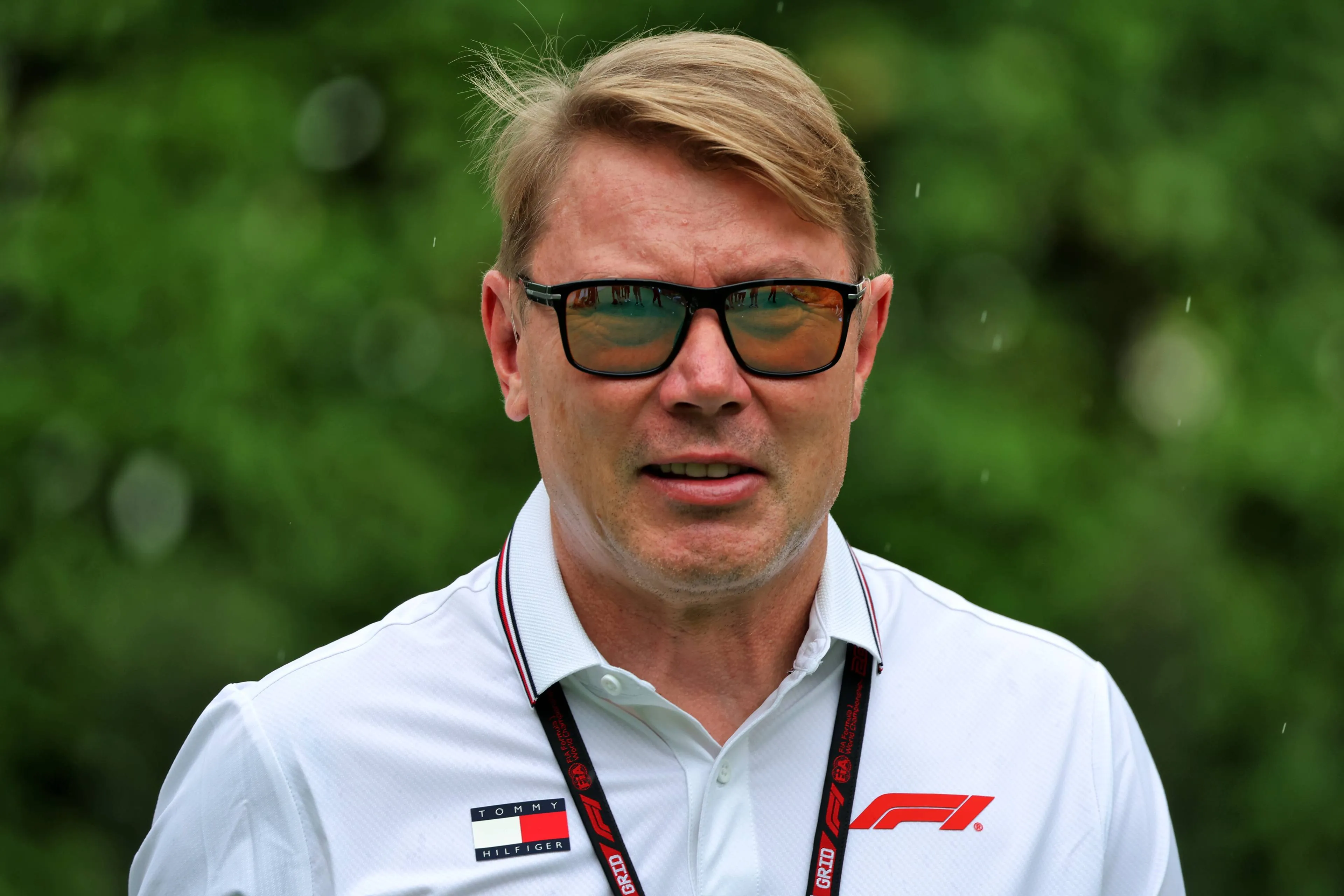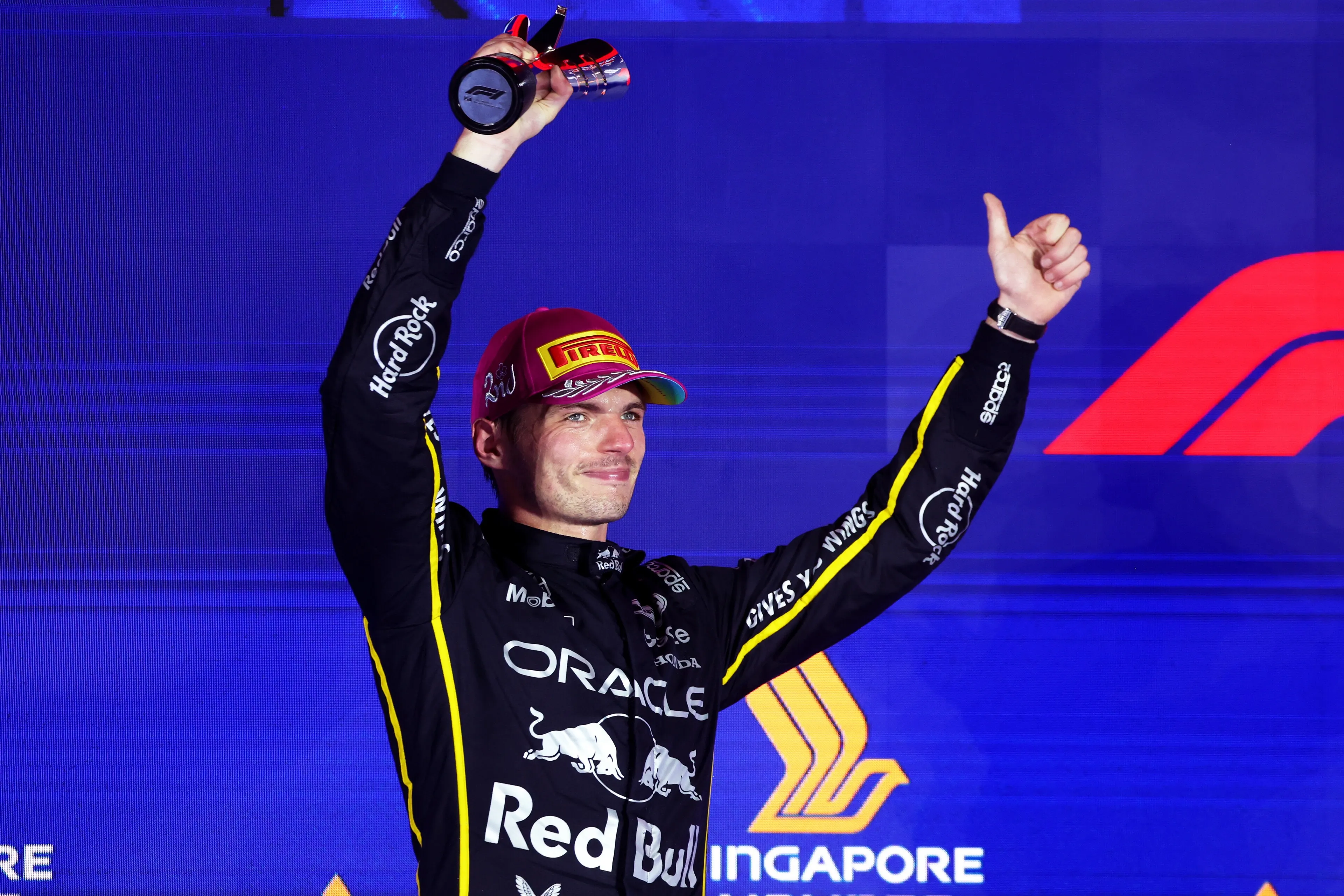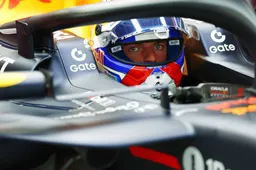Mercedes has found it: This part is thrown 'in the bin' by Wolff!
14:24, 05 Aug
Updated: 15:12, 05 Aug
0 Comments
Co-author:Kada Sárközi
It was a big puzzle: at some point during the season, Mercedes must have introduced an 'update' that made the car harder to control. But where and what exactly? In Hungary, the German team seems to have found the answers to the questions.
George Russell finished third in the Hungarian Grand Prix, behind the dominant McLarens. This seems to show that Mercedes has managed to locate the problem of recent weeks - namely the rear axle suspension. In response to a question from GPblog, Wolff said: “I think that we tried to solve a problem with an Imola upgrade, with a mechanical upgrade.”
'Mercedes led in wrong direction by Canadian victory'
“That may have not solved an issue, but it made something. It let something else creep into the car. That was an instability that basically took all confidence from the drivers. And it took us a few races to figure that out.”
“Obviously also misled a little bit by the Montreal win, you think maybe that's not so bad of an issue. We came to the conclusion it needs to go, it went off and the car is back to solid form.”
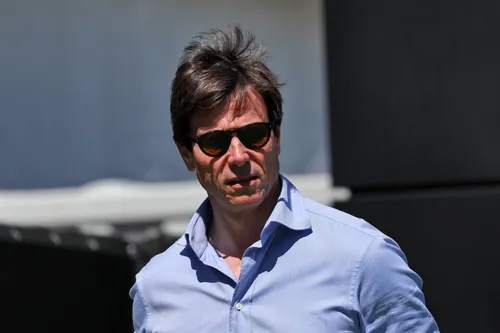
Toto Wolff throws the suspension in the trash
Therefore, the wrong direction was chosen in the development of the car, whereas, of course, it was hoped that the car would actually become better and faster.
"You're right because upgrades are here to bring performance and there's a lot of simulations and analysis that goes into putting parts in the car and then they’re just utterly wrong."
“And you need to go back to the analogue world and put it on the car and see what it does. It doesn't do what it should do. And that's the tricky bit, I guess, for everyone in Formula 1. How do you bring correlation from what the digital world tells you into the real world. And that has been a feature. And this is the last example of how it tripped us over.”
To be clear: this suspension will not return: “It will be ending in a bin somewhere,” concluded Wolff, laughing.
Read also
Read more about:
Popular on GPBlog
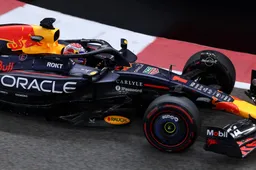
1
Three drivers with a 'new' number: This is the entry list for '26
2912 times read

2
Russell hits the slopes with partner Carmen Mundt after 2025 season
2676 times read

3
F1 LIVE | Piastri in talks with other teams, Verstappen explains new number choice
1848 times read
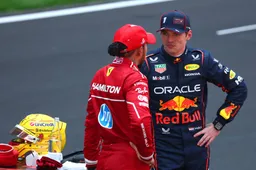
4
Hamilton's disastrous season at Ferrari hurts Verstappen a great deal
1700 times read
Loading
